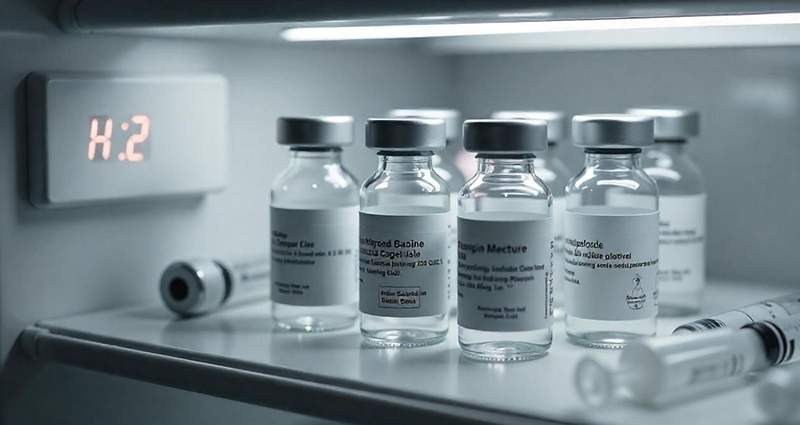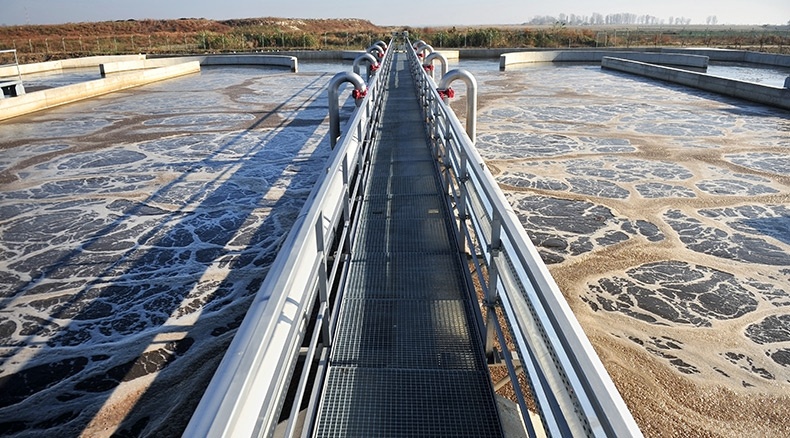
Greenhouse operators, landscapers, horticulturists, golf course managers, farmers, cannabis growing facility personnel and other commercial growers all need to manage irrigation. Remote monitoring can help you use water more efficiently by measuring the amount of water in the soil and sending alerts when moisture conditions fall outside the desired range. This instant notification can prevent under- or overwatering, minimize water usage, promote growth and increase crop yield and quality.
Humidity and moisture control
Moisture is present in the air, in the soil and inside the plants. Soil moisture sensors provide data that can help operators develop the best irrigation plan for each growing area. This data helps you determine how often you need to water the plants and how much water is required. It can also help you learn which plants are using the most water and which soil areas retain the most.
Preventing stress and overwatering
Monitoring soil moisture helps you learn the best conditions for optimal crop production. You can detect plant stress before the signs are visible, which can increase growth, yields and crop quality.
Soil moisture monitoring can also help prevent overwatering that causes root rot and disease. And it can help you avoid nutrient leaching from the root zone and unnecessary water use.
Benefits of monitoring soil moisture:
- Know how much water is at the root zone
- Reduce water and fertilizer costs
- Maximize crop production
- Prevent over-irrigation
- Get alerts for low and high soil moisture
How soil monitoring works
Soil moisture monitoring sensors come in many shapes and sizes. Some are placed in the canopy and others are placed in the soil near the crop roots.
Sensors like the Sensaphone soil moisture sensor determine volumetric water content (VWC). This technology provides accurate readings in almost any soil or soilless growing media. The sensors operate in a wide range of temperatures and are highly accurate when calibrated for the growing media they support.
The moisture sensors are connected wirelessly or hard-wired to a monitoring unit that functions as the system's brain. The monitoring unit constantly communicates with the sensors and collects and stores the sensor data.
Data logging

Reviewing data over a period of time helps uncover patterns in environmental conditions. Many monitoring systems automatically save this data, recording tens of thousands of data points, dates and times. The Internet of Things (IoT) technology in agriculture has come a long way. Now, you can be more directly connected to the environment and crop conditions that they oversee.
Cloud-based data logging makes it easy to securely log in from anywhere to view, graph, print and export data trends in real time. You don’t have to be on-site. Analyzing data samples may uncover larger issues and prevent problems before they arise. For example, the historical data could help identify specific growing areas that are more prone to frost or extreme heat during certain times of the day, week, month and year.
More on water sensing
As mentioned above, Sensaphone’s soil moisture sensor offerings express soil moisture content in terms of volumetric water content (VWC). This measurement is the ratio of the volume of water in a sample to the volume of soil in a sample. Typically, the VWC is determined indirectly through another soil property that is easier to measure with electronic sensors. Listed below are the three methods commonly used to determine soil VWC:
Resistive measurement: This is the simplest and least expensive method of moisture content measurement. A resistive water content sensor consists of two probes. These sensors measure soil resistance and water content by measuring how much current passes between the two probes.
Resistive measurement sensors must have metal probes that are in direct contact with soil, and these probes corrode over time. As a result, the lifetime of these sensors is limited.
Dielectric measurement: Another way to determine soil moisture content is to measure the soil's dielectric permeability. Sensaphone’s water content sensors measure the soil’s dielectric permeability through a method known as frequency domain reflectometry (FDR).
Because the probes in a dielectric VWC sensor do not have to be in contact with soil, these sensors have a much longer life than resistive measurement devices. Further, dielectric measurement allows for accurate VWC measurements at a reasonable cost and size.
Neutron probe measurement: A neutron probe measures the presence of water in the soil by emitting fast-moving neutrons. As these fast-moving neutrons collide with hydrogen in water molecules found in the soil, they slow and return to the probe. The sensors determine the water content of the soil by measuring how many slow neutrons return to the probe.
What's great about these sensors is they are not affected by soil with high salinity. However, they are by far the most expensive type of VWC sensor.
Other monitoring for growing facilities
In addition to monitoring for moisture, you can use remote monitoring systems to monitor for high and low temperatures. Positioning sensors in key growing areas and setting minimum and maximum temperatures will alert you to potential issues like power outages and HVAC problems before they severely impact plants.
Monitoring for humidity can alert you to issues with transpiration, poor photosynthesis, poor nutrient absorption, and increased mold and fungal growth. Some growers place sensors on ventilation equipment like vented roofs, side vents and electrical fans. That way, they get an alert if these systems stop running or are operating outside of preset parameters. Remote monitoring systems can even perform physical security functions. Adding sensors to entrance doors, windows or gates can alert you to visitors entering growing areas after hours.
Remote monitoring systems provide vital protection for growing facilities. These systems can help optimize irrigation plans and protect against environmental threats, equipment failures and power loss. They provide an easy way to check on the status of these conditions anytime from anywhere.
For assistance selecting the best soil moisture monitoring system for you, contact our technical sales support team.







